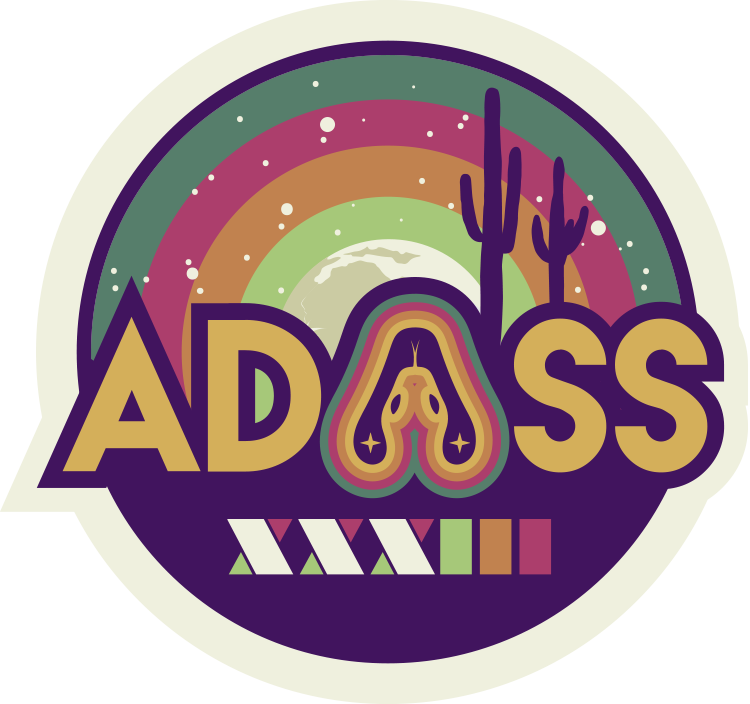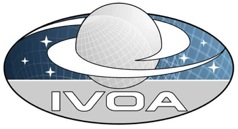ADASS posters are displayed all week
When
Theme: Software, tools and standards for Solar System, heliophysics, and planetary research
The composition of planetary surfaces is mainly studied through optical and near-IR observations from imaging spectrometers on space missions. This data are notoriously difficult to interpret because diagnostic features are subdued and hidden in highly correlated dataset. A complete VO workflow to interpret such observations is being assessed, relying on:
- An absorption extraction algorithm based on multiscale wavelet analysis (Erard et al 2011, https://doi.org/10.1016/j.pss.2011.07.004)
- the same type of extraction performed on laboratory spectra of controlled samples in public databases
- documented bandlists collected from publications or recent measurements (eg, in SSHADE - Schmitt et al 2022, https://doi.org/10.5194/epsc2022-778)
The workflow is used to analyze the observations and to compare retrieved absorption characteristics with those from bandlists or samples. This activity relies on existing VO standards and tools — an extension of EPN-TAP (https://ivoa.net/documents/EPNTAP/) to access planetary science data in the VO may be designed to support this. The evaluation of the quality of match between observations and references will be discussed on the basis of simple test cases.
Europlanet 2024 RI has received funding from the European Union's Horizon 2020 research and innovation programme under grant agreement No 871149



